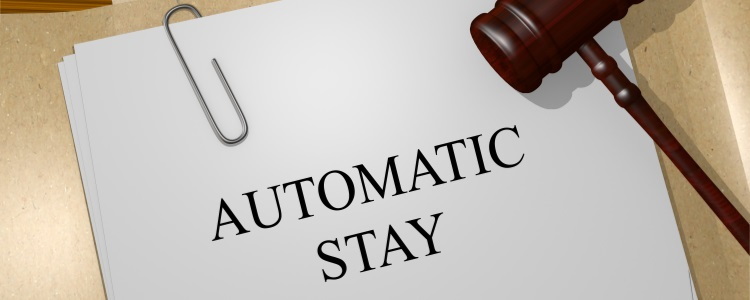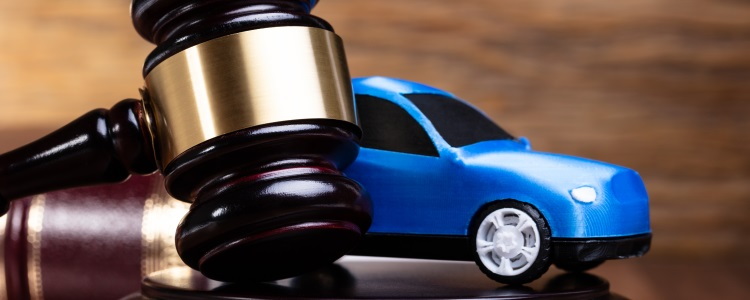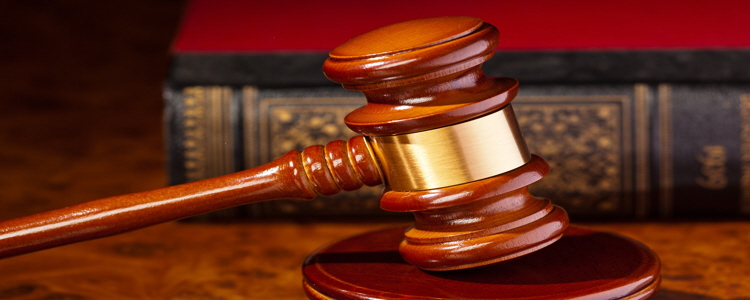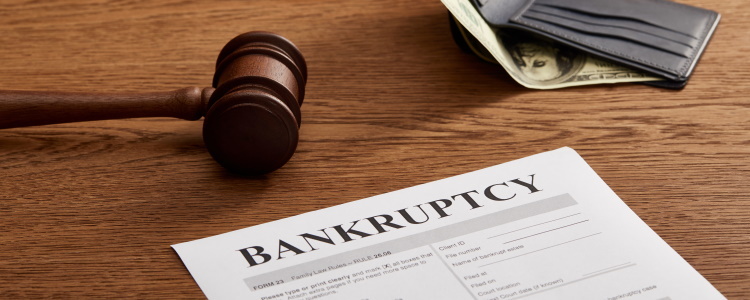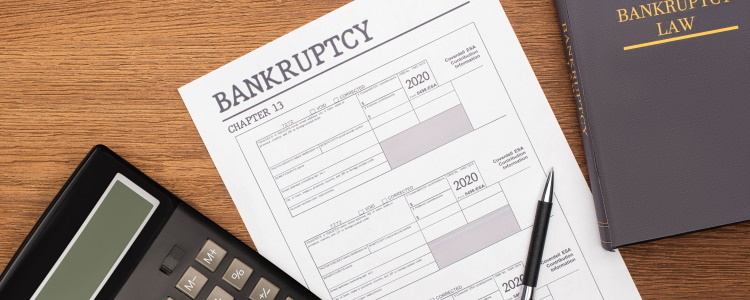Let's be clear, filing a Chapter 13 bankruptcy isn't the best way to avoid auto repossession. It does temporarily prevent repossession with an automatic stay, but you still have to pay your car loan. Before we look at why you can halt the repo process with a Chapter 13 bankruptcy, let's look at some better options for avoiding repossession.
Avoiding Auto Repossession
 Believe it or not, lenders don't want to send the repo man to get your vehicle. It's expensive and time consuming for them just as much as it's a hassle for you. So, if you're worried that repossession may be in your future for whatever reason, there's one tried and true best course of action to take: talk to your lender.
Believe it or not, lenders don't want to send the repo man to get your vehicle. It's expensive and time consuming for them just as much as it's a hassle for you. So, if you're worried that repossession may be in your future for whatever reason, there's one tried and true best course of action to take: talk to your lender.
Simply keeping an open line of communication can help you more than you may know, but every lender is different, so the options they're willing to extend to you may vary.
There are four possible options a lender may be willing to explore with you:
- Change payment due date – If you're stuck paying late every month because you're living paycheck to paycheck, and you just can't get ahead of your loan payment, your lender may be able to adjust the date your payment is due. You'll never know unless you ask.
- Deferment – If you're only going to fall behind for a little while due to unforeseen circumstances, a lender may be able to defer a payment or two. When a payment is deferred, you're typically able to skip one or two payments and add them to the end of your loan term.
- Modify loan terms – If circumstances change for you and you're in good standing with your lender, they may be willing to help you through a loan modification. This can help you avoid repossession by adjusting your monthly payment, loan term, and possibly your interest rate to make your payment more affordable.
- Refinancing – If you've had your car loan for a few years and your credit has improved since you got the loan, you might be able to refinance with better and more affordable terms with another lender. This option, however, usually only works if you haven't missed a payment and your credit score has improved since taking out the original loan.
Whatever happens, none of these things are possible unless you talk to your lender. The best time to avoid repossession is before the process starts, so communication is key.
If the process of repossession has already begun, your lender is required by law to send you written notification. Because of this, there are other ways for you to keep your vehicle during this process.
The Automatic Stay in Bankruptcy
If you've come to the point where auto repossession is imminent, and there are other areas where you're struggling financially as well, bankruptcy might be an option for you. Bankruptcy is a serious step and, depending on your needs and financial situation, there are two options you have for filing a personal bankruptcy: Chapter 7 or Chapter 13.
In both a Chapter 7 and a Chapter 13, an automatic stay goes into effect as soon as you file. This prevents most creditors from continuing to pursue collection efforts against you. The automatic stay is only in place during your bankruptcy, and may not even last that long in some cases.
Your Car Loan During Chapter 13 Bankruptcy
Now that you know an automatic stay gives you a chance to take a beat and stop worrying that your car can be repossessed, you have to decide on a course of action. After all, there's a reason your vehicle was being repossessed.
Now that you're in a Chapter 13, you typically have three options:
- Surrender your car – If you can't afford your monthly payment, or your vehicle isn't worth what you're paying on it, you can give it back to the lender.
- Pay what you owe – If you're behind on payments when you file for Chapter 13, you're allowed to keep your car and you can pay the amount you're behind through your repayment plan on top of your regular loan payments. As long as you don't miss any, the lender can't repossess your vehicle.
- Cramdown your loan – During a Chapter 13, you may be able to reduce the amount you owe on your car to its current value. Any amount over the value becomes unsecured debt and is repaid or wiped out during bankruptcy. However, you can't do this if your auto loan is less than two and a half years old.
When you're in a Chapter 13 bankruptcy, or any bankruptcy, there are rules and regulations that you have to take into account. So, if you're thinking about filing, be sure and talk to a bankruptcy attorney to go over all your options.
The Bottom Line
You can avoid repossession for the time being if you file for bankruptcy, but, eventually, you need to figure out how to cover your car payment. If you can't and choose to give up your vehicle, chances are you may need a more affordable car while you're in bankruptcy.
Because a lot can happen over three or five years, Chapter 13 has a process built in which allows you to finance a vehicle with the court's permission. The key is finding a lender that can work with someone in an open bankruptcy.
That's where we come in. Auto Credit Express works with special finance dealerships all across the country that have lenders available to work with people who are in many types of credit situations, including bankruptcy. Let us help take the hassle out of finding the right dealer in your area. Fill out our auto loan request form online, and we'll get the process of connecting you with a local dealership started.
